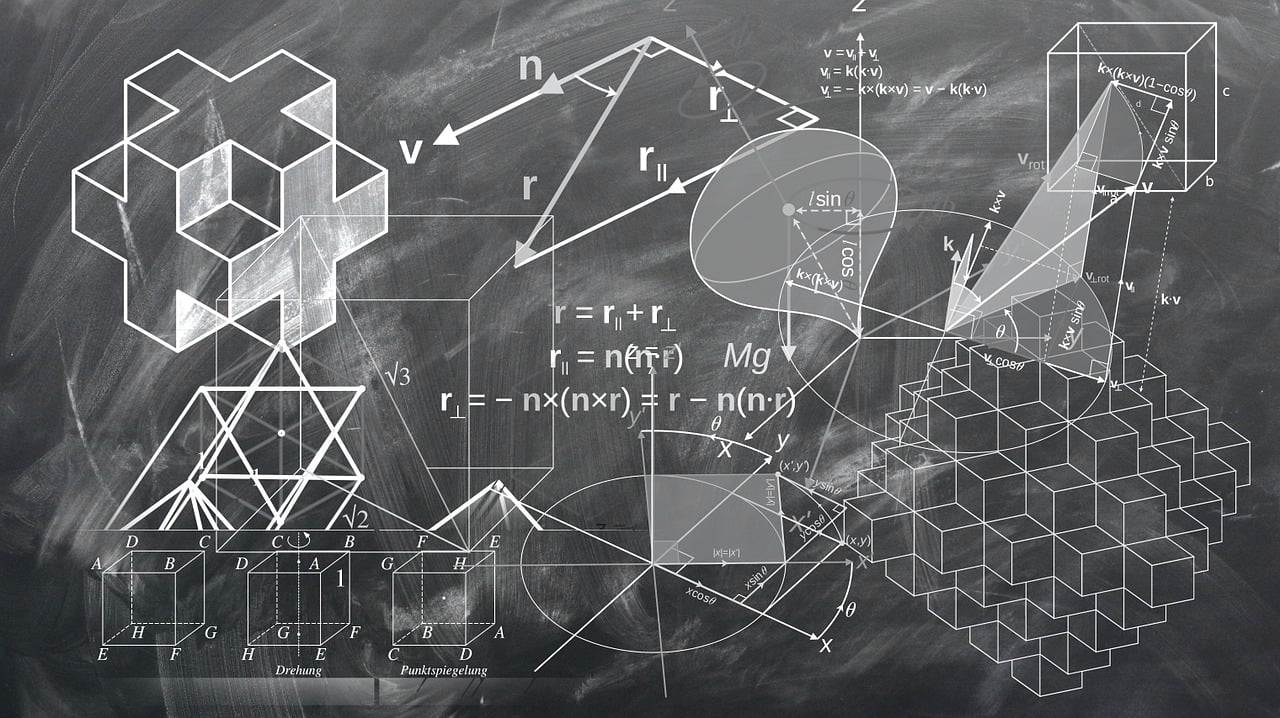[Nature] 아동의 학교 수학능력, 응용수학과 학문적 수학과 연결 어려워

전 세계적으로 저소득 계층의 많은 어린이들이 학교 수학을 습득하지 못하고 있다. 그러나 일부 어린이는 학교 밖에서 암산을 광범위하게 사용하고 있다.
여기서 연구자들(Abhijit V. Banerjee 외, Nature 2025)은 시장에서 일하는 인도의 콜카타(Kolkata)와 델리(Delhi)의 어린이(n = 1,436)를 조사하여 실제 환경에서 습득한 수학 기술이 교실로 이전되는지, 그리고 그 반대의 경우도 마찬가지인지 조사했다.
그런데 저소득 계층 어린이의 거의 대부분이 일하는 곳에서 복잡한 수학 계산을 효과적으로 사용하였다. 그들은 또한 가상의 시장수학 문제와 구체적인 맥락에 고정된 언어수학 문제를 푸는 데 능숙했다.
그러나 그들은 일반적으로 학교에서 사용하는 추상적인 형식의 수학문제가 제시되었을 때 동일하거나 덜 복잡한 수학 문제를 풀지 못했다. 시장 수학 문제에서 저소득 근로 어린이의 성과는 단순히 암기, 더 친숙한 형식으로 인한 스트레스 감소 또는 정확한 성과에 대한 높은 인센티브로 설명되지 않았다.
반면, 근처 학교에 등록된 ‘시장 근로 경험이 없는 어린이’(n = 471)는 반대 패턴을 보였다. 이 아이들은 간단한 추상적 형식의 수학문제에 대해 더 정확하게 문제를 해결했지만, 1%만이 3분의 1 이상의 근로 아동이 해결한 응용 시장수학 문제에 올바르게 답할 수 있었다(β = 0.35, sem = 0.03; 95% 신뢰 구간 = 0.30–0.40,
P < 0.001).
시장 근로 경험이 없는 학생들은 매우 비효율적으로 서면 계산을 사용하였고, 다양한 연산을 결합할 수 없었으며, 실생활이나 고등 수학에 활용하기에는 너무 느리게 답을 도출하였다. 이러한 결과는 직관적 수학과 형식적 수학 간의 격차를 메우는 교육 커리큘럼의 중요성을 강조하고 있다.
*Source : https://www.nature.com/ (네이쳐지, 연구결과 바로가기)
Fig. 1: Performance of children in Kolkata working in a market (study 1).

a, Proportion of children who correctly answered the total amount due in transactions involving two goods sold in unusual quantities. b, Proportion of children who correctly answered the total amount due in hypothetical transactions. c, Proportion of children who were credited with labelling single-digit numbers, labelling two-digit numbers, subtracting and dividing on the ASER test, a tool for assessing numeracy used across India for the ASER. Error bars show 95% CIs around the mean (mean ± 1.96 × s.e.m.). d, An example of this arithmetic assessment tool. From left to right, each column presents items that respectively task children with identifying single-digit numbers, identifying two-digit numbers, subtracting one two-digit number from another with carrying, and long division of a three-digit number by a single-digit number with a remainder. For grade 5 children, the ASER test begins with the subtraction task and proceeds to the right (division) if children succeed and to the left (identifying two-digit numbers) if they fail. Because success at each level requires mastery of the operations required by the tasks to its left, children who succeed at a given level are credited with mastery of all the levels below it.
Fig. 2: Performance of working and non-working children in Delhi (study 2).

a, The proportion of children who correctly answered the total amount due in three transactions involving two goods sold in unusual quantities. b, The proportion of children who correctly answered the total amount due in five hypothetical transactions. c, The proportion of children who were credited with labelling single-digit numbers, labelling two-digit numbers, subtracting and dividing on the ASER test. Error bars show 95% CIs around the mean (mean ± 1.96 × s.e.m.).
Fig. 3: Calculation methods of working and non-working children in Delhi (study 2).

a, The proportion of children who used pen and paper, classified by respondent type and type of exercise. b, The number of times that working and non-working children wrote numbers and operations in the paper given to them for non-oral exercises. Error bars show 95% CIs around the mean (mean ± 1.96 × s.e.m.). c, Example of calculations on paper written by a non-working child.





